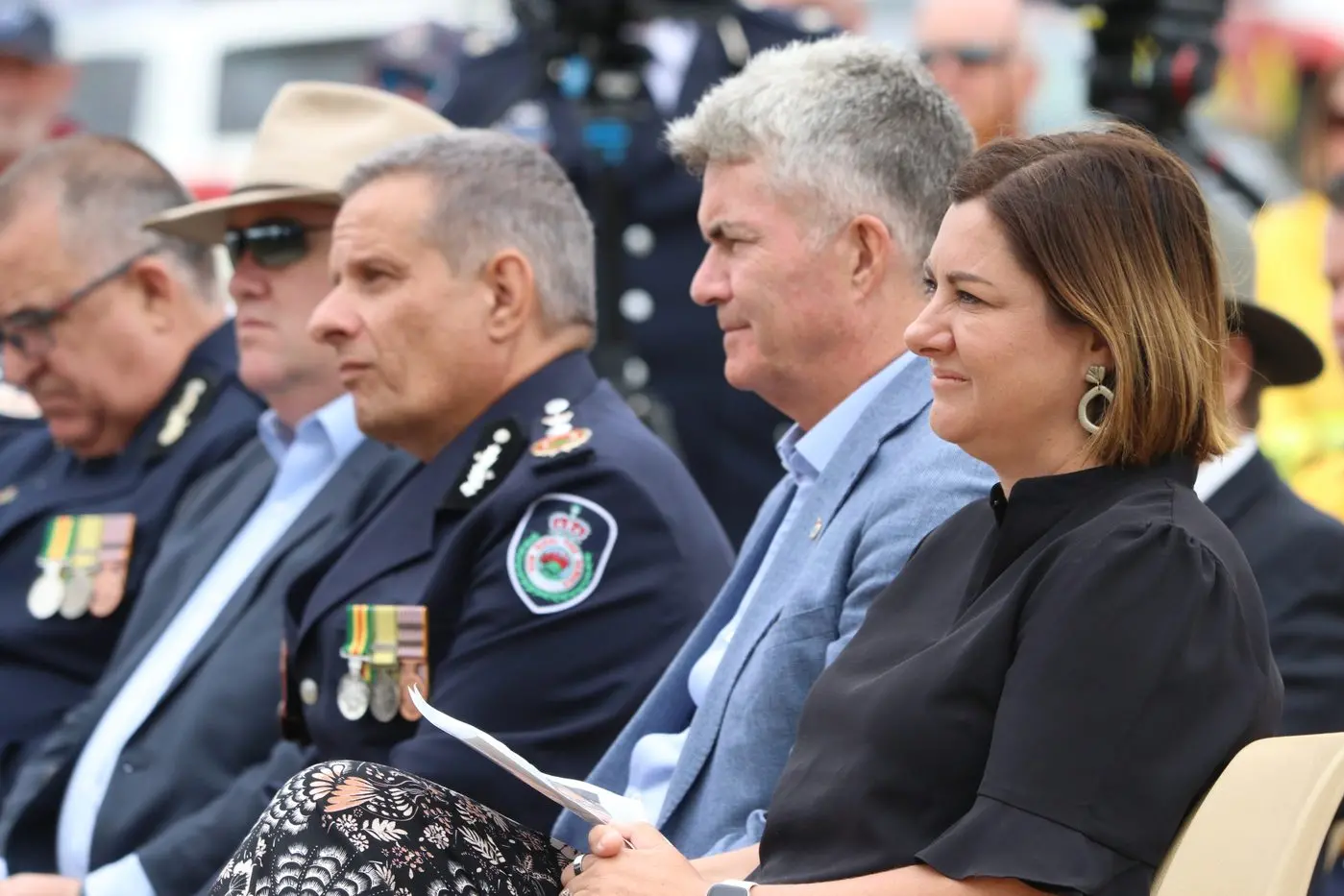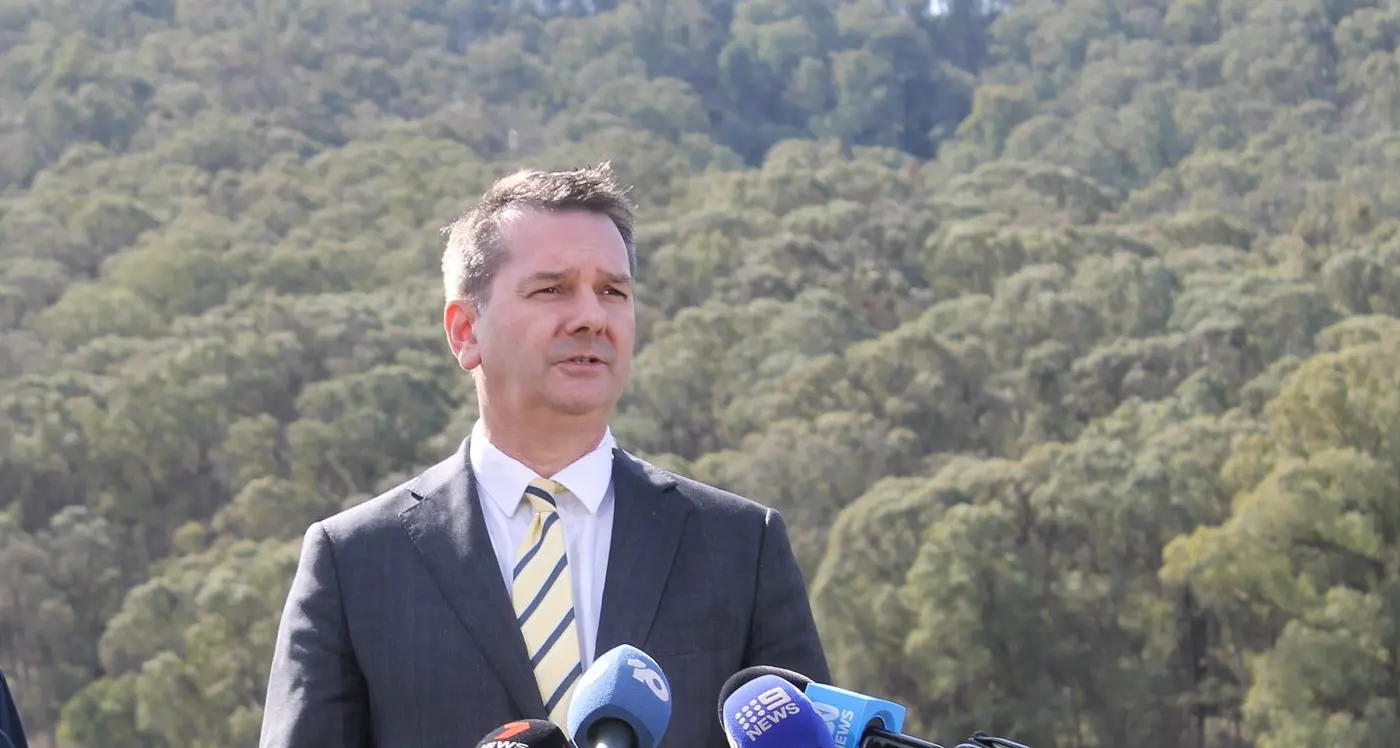PHOTO
Earlier this year, Federal Member for Eden-Monaro, Kristy McBain, took on the role of Minister for Emergency Management. As the Snowy Monaro region enters the bushfire danger period, and the nation braces for warmer conditions, this masthead asked Ms McBain how she has settled into this portfolio.
What does the emergency management role involve? What do you find most satisfying about the role?
On 13 May, I was honoured to be sworn in as the Federal Minister for Emergency Management and as minister I am responsible for ensuring we have more secure, stronger, more resilient communities before, during and after disasters and emergencies.
I work with our National Emergency Management Agency, which has a national leadership role in supporting the states and territories and our communities to manage disaster and emergency events.
I think it’s really rewarding to be in a position to support Australians when there’s a natural disaster. It’s a huge responsibility and I am determined to ensure the role of the Commonwealth in responding to and managing natural disasters is as effective as possible.
How will your experiences with natural disasters as Bega Valley Shire Council mayor shape your efforts as minister for emergency management?
While I was the Bega Valley Shire Council mayor, we experienced nine declared natural disasters, including the Black Summer Bushfires. Parts of our community in Eden-Monaro experienced some of the worst fires our country has ever seen. It was a sustained bushfire that just appeared to be never-ending. In the end, the only thing that put out those bushfires was a flood.
My experience as a local mayor has led me to believe there needs to be a co-ordinated approach to recovery and that is something I am passionate about delivering for disaster impacted communities.
Now as Emergency Management Minister I am focused on the lessons that can be taken from those experiences. I am also really focused on ensuring we do more to mitigate risk in communities across Australia, so that we are better prepared for more intense and frequent natural disasters.
I am also determined to ensure there is leadership at a national level, and right now that’s about ensuring we are prepared for the upcoming higher risk weather season.
Have you identified any areas yet that need improving/enhancing within your portfolio?
Under the past leadership of Minster Watt and Minister McAllister, the Albanese government established the National Emergency Management Agency and the Disaster Ready Fund, funded Disaster Relief Australia, established our National Emergency Management Stockpile, and expanded our National Aerial Firefighting capabilities.
I am continuing to implement this critical work in my portfolio, and am looking forward to progressing work on the new National Messaging System that will bring the advantages of cell-broadcast technology to Australian emergency warnings. I will have more to share about the system soon, so watch this space.
The major flooding situation along the mid-north coast earlier this year was a baptism of fire in the role, what did you learn and take away from this intense experience?
Since the mid-coast floods, I have been on the ground on three separate occasions. I have met with and spoken on the phone with local mayors, state and federal members on numerous occasions to check in on how recovery programs are rolling out and how we can assist. We know recovery is not a straight road and there is no “one size fits all” approach.
Unfortunately, severe weather events like the flooding we saw on the Mid-Coast and Hunter regions are becoming more frequent and intense. Of course, recovery takes time and we are continually identifying and implementing lessons to help streamline our decision-making processes. The Australian Government has committed hundreds of millions of dollars in recovery assistance measures in response to the NSW East Coast severe weather, including direct Commonwealth payments of more than $206 million through the Australian Government Disaster Recovery Payment and almost $20 million through the Disaster Recovery Allowance.
Part two of the profile will appear in next week’s paper





